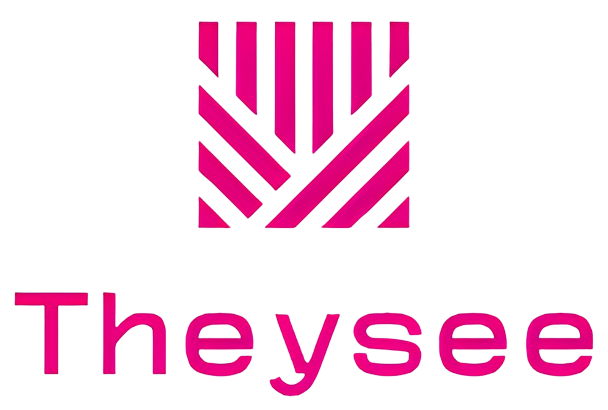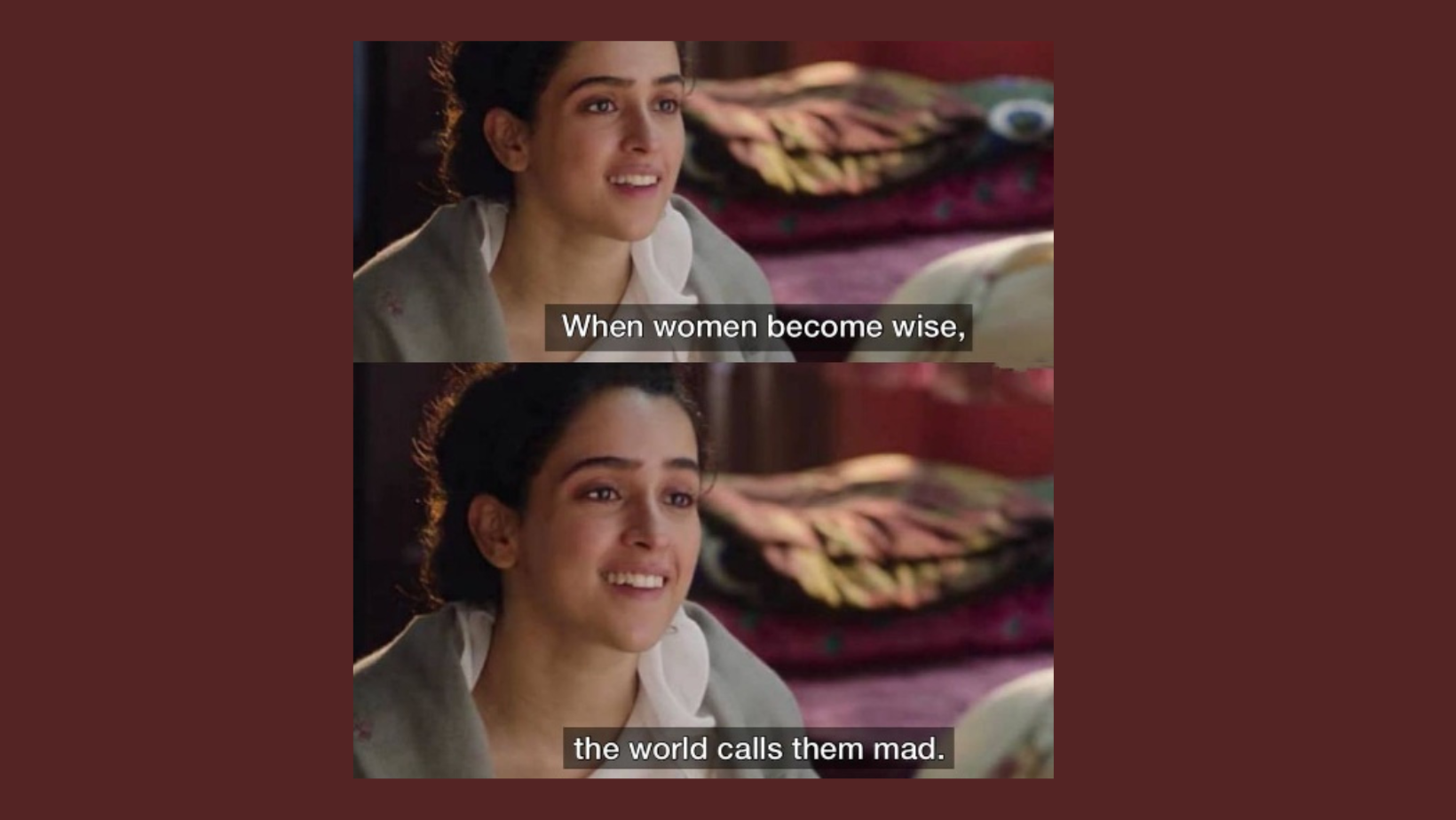The media has a significant impact on how we perceive ourselves and our surroundings. This is especially true for desi women, who are constantly misrepresented and distorted in the media.
Negative Stereotypes
One of the most popular preconceptions of desi women is that they are gentle and obedient. Images of desi women in traditional dress, such as Saris or Shalwar kameez, often reinforce this stereotype. These photos may give the impression that desi women are just interested in marriage and family, with no desire to pursue their own goals and objectives.
Another common stereotype about desi women is that they are exotic and mysterious. This stereotype is often perpetuated by images of desi women in Bollywood movies, where they are often portrayed as being beautiful and sensual. These images can make it seem like desi women are only interested in attracting men, and that they have no other interests or goals.
Lack of Representation
Despite these stereotypes, desi women are usually underrepresented in the media. This is especially visible in Western media, as desi women are typically portrayed as a minority inside a minority. This lack of representation can make it difficult for desi women to see themselves represented in the media, as well as for others to understand their experiences.
Positive Representation
There are some positive examples of desi women in the media. For example, the character of Kamala Khan in the Marvel Cinematic Universe is a strong and independent desi woman who is a role model for many young girls. However, these positive examples are still relatively rare, and there is still a lot of work to be done to improve the representation of desi women in the media.
The Impact of Representation
The media portrayal of desi women has a huge impact on their self-esteem and sense of belonging. When desi women see themselves portrayed positively, they can feel more secure and proud of their ancestry. However, when desi women see themselves portrayed negatively, it can make them feel embarrassed of their origin and as if they don’t belong.
The Future of Representation
The future of representation for desi women in the media is hopeful. There are a growing number of desi women working in the media, and they are starting to create more positive and accurate representations of desi women. As more desi women enter the media, we can expect to see even more positive representations of desi women in the future.
What Can Be Done to Improve Representation?
There are a number of things that can be done to improve the representation of desi women in the media.
- Creating more positive and accurate representations of desi women. This entails portraying desi ladies as strong, liberated, and astute. It also entails portraying desi women in a variety of roles, not just as mothers, wives, or daughters.
- Increasing the number of desi women working in the media. This would help to ensure that desi women have a voice in the media and that their stories are told.
- Supporting desi-owned media outlets. These media outlets are more likely to represent desi women positively.
- Calling out negative representations of desi women. When you witness a bad representation of a desi women in the media, speak up and inform the news source that you are not satisfied with the portrayal.
we can help to improve the representation of desi women in the media and create a more inclusive and representative media landscape.
The representation of desi women in the media is an important issue that needs to be addressed. By creating more positive and accurate representations of desi women, we can help to improve the self-esteem and sense of belonging of desi women. We can also help to create a more inclusive and representative media landscape.

